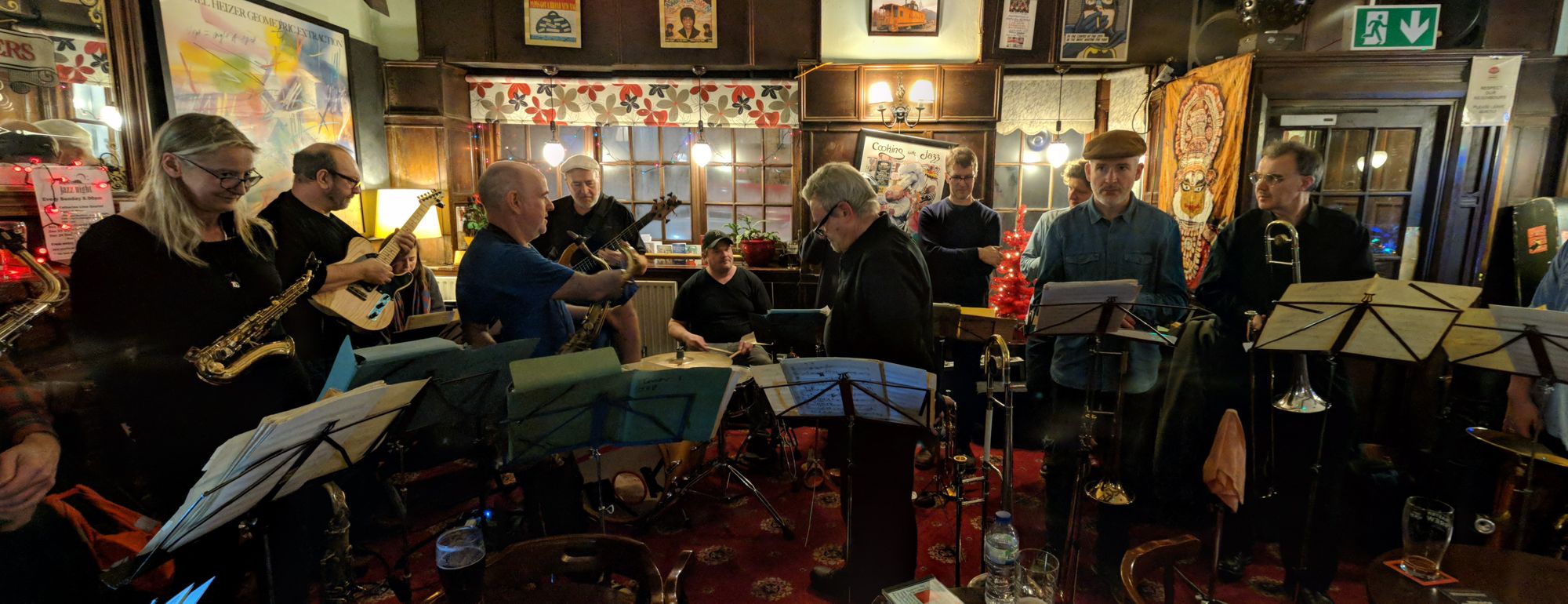This week we looked at the concept of Computational Art and Witnessing, where computers are used to witness events, often at a distance, often both physical and temporal.
Prior to the class we had watched the Liquid Traces - The Left-to-Die Boat Case which is a highly emotive retelling of the plight of a boat of 72 passengers who left the Libyan coast heading in towards the Italian island of Lampedusa.
The video has interesting aesthetic, which stay consistent throughout the piece. It details the journey of boat from various signals that are directly or indirectly recorded with technology, such as the signal from a satellite phone, sightings of vessels from eye witness accounts combined with shipping location records which rely on GPS. The video also details the various laws and obligations that are in place for different zones of the Mediterranean sea, and how that by allowing the boat to stay within these zones the boats and agencies that govern them avoid their duty to rescue the passengers.
I also visit the Turner Prize exhibition at Tate Britain, which features the piece The Long Duration of a Split Second, which involves the same team. It also has similar aesthetic which has a neutral overtone and combines data visualisation graphics to place the viewing within the topology of the physical location and the temporally of when the events occur, both key elements of the piece which details how two people were killed during in the Bedouin village of Umm al-Hiran on January 2017.
The group consists of investigative journalists, architects, lawyers and scientists who use videos, photographs and scale models to investigate allegations of state and corporate violence. Coming from a journalistic background, I initially found it very hard to view the work as a work of Art. I see that they have a great multidisciplinary use of tools and skills, but I feel that is how good journalism should work and that the piece would be equally, if not more suited for an award in that area. However video art isn't something I've ever found can relate to easily and this year's prize nominations were all video based, and so of the four, I would say that I did actually like this one the best.
We also read Instrumental Vision by Rose Woodcock, which focuses around Virtual Reality (VR). She gives a detailed overview of the key aspects of VR and considers the contributions of James J. Gibson. Who worked in the field of vision research and computer-generated stereo-immersive VR, while developing rudimentary flight simulators for fighter-pilot training. She quotes Gibons as saying “Environments, according to Gibson, cannot be paradoxical.” which I found strange, perhaps a contradiction of itself, as our normal vision of the world is littered with paradoxes, which we often play with and find amusing in the form of optical illusions, where an individual’s perception of a object, such as a necker cube will alternate without any environmental change.
Class exercise
In class this week we had a exercise in touch where we had to partner with the person we though we knew least from the group and then touch fingers together and hold a standing pose for ninety seconds with our eyes closed, followed by another ninety seconds with our eyes open and with ten seconds of eye contact at the beginning. We were asked to partner with the people we hadn't worked with previously and so I partnered with Bingxin Feng.
The experience was quite intense and while there was some nervous laughter before it began, once we started it we became quite focused as a room. Looking in to someone else's eyes is usually quite intense, and something which some autistic people (common among computer nerds like myself) find nearly impossible. I used to be like this when I was young, but my brain changed and adapted later and life and I found I now enjoy eye contact, in the appropriate amounts, as too much is still strange.
In the second part of the exercise we were asked to choose between us for one of us to film the other for three minutes and observe each other and think about how the act of film and observing through a camera changed the relationship between us.
Being filmed was strange, you lose focus on thoughts, visually and I found my balance start to drift too. My mind wandered to thinking about a house not far from the university build where I used to live many years ago. It was a surprisingly bright sunny day so that also effected my vision.
